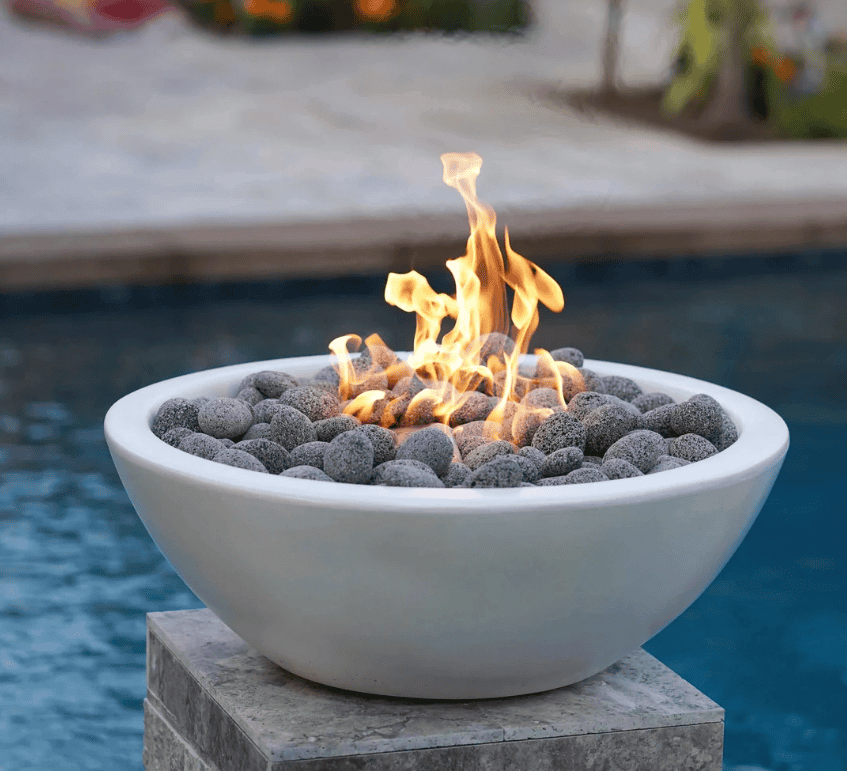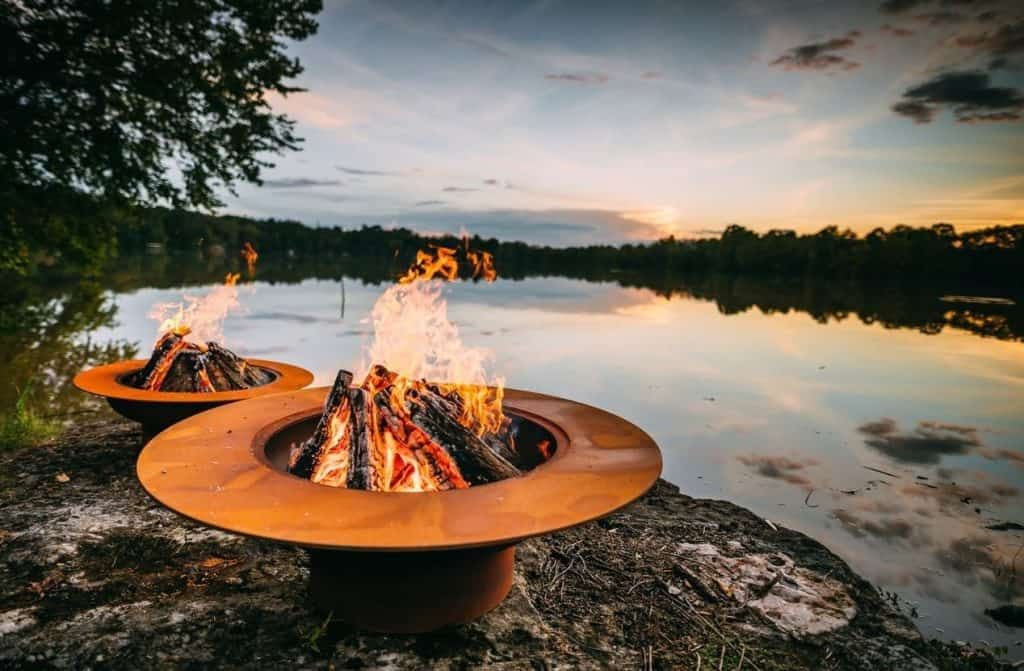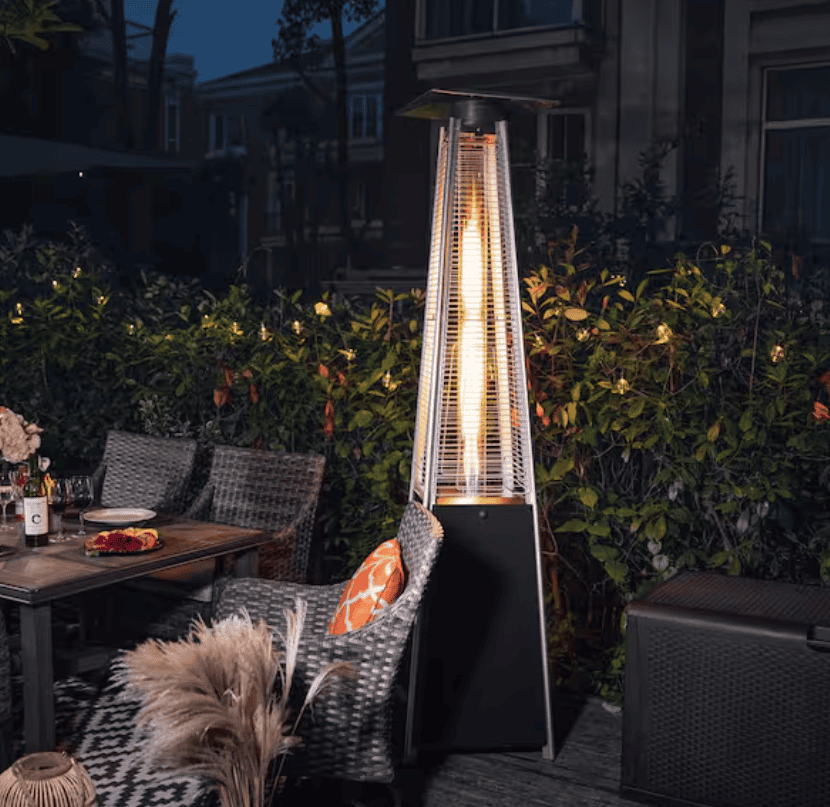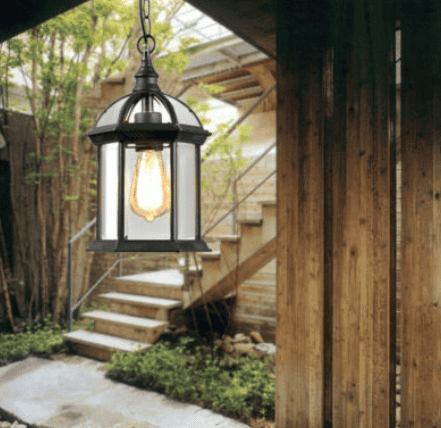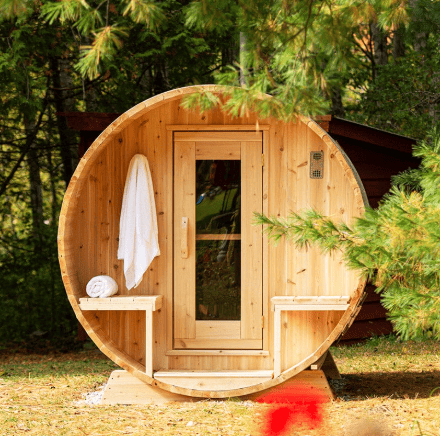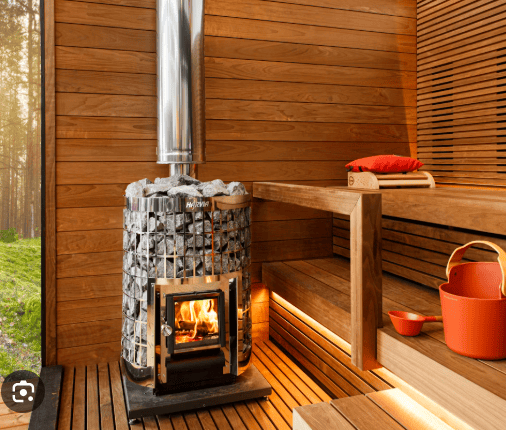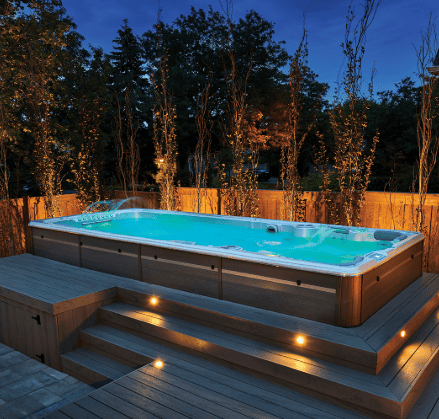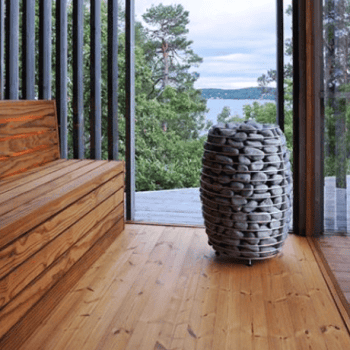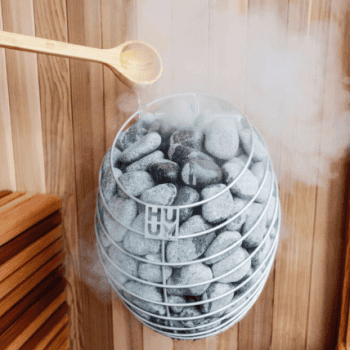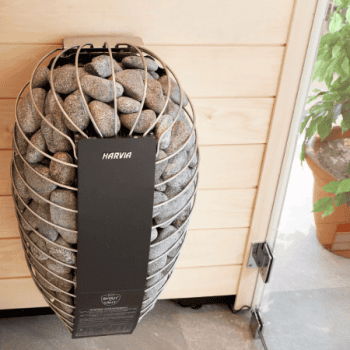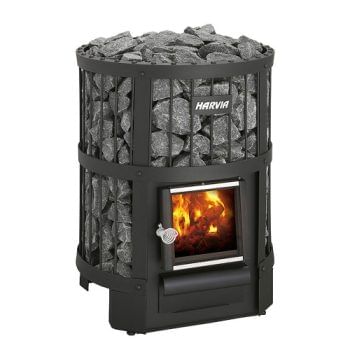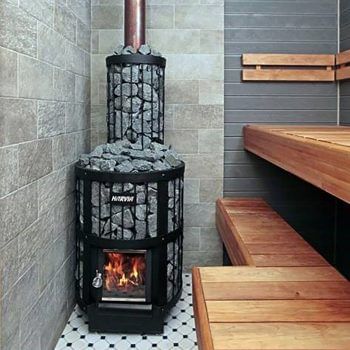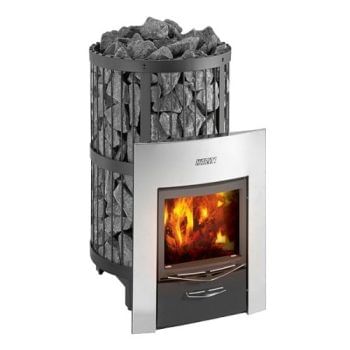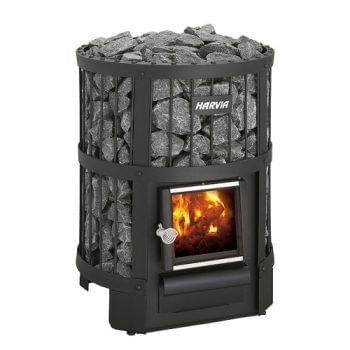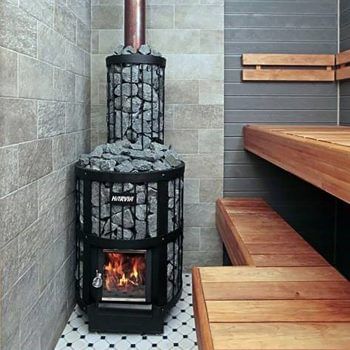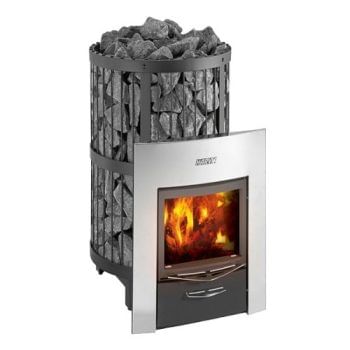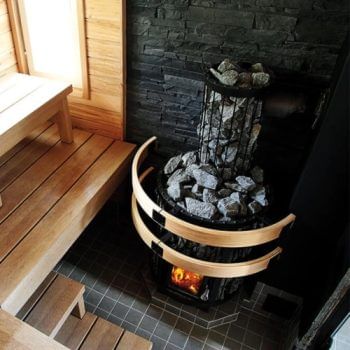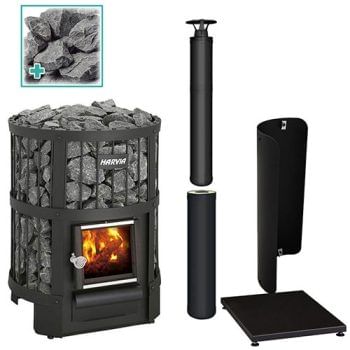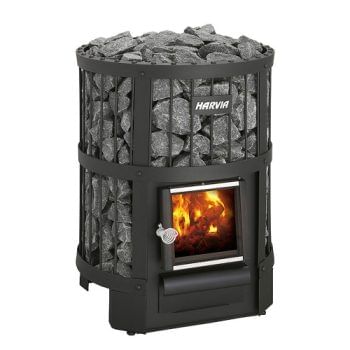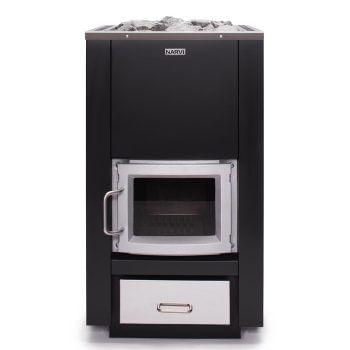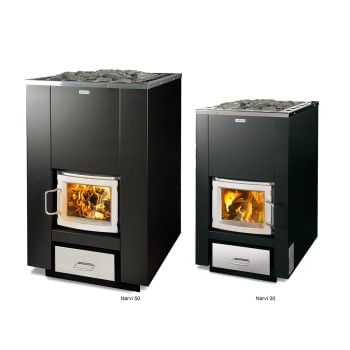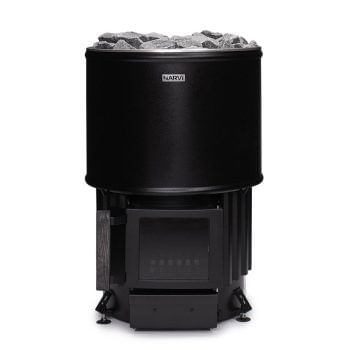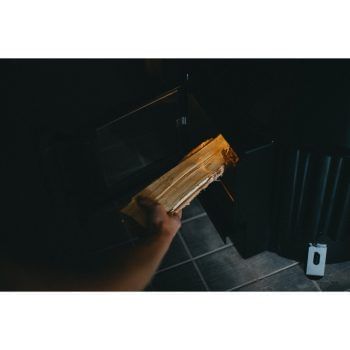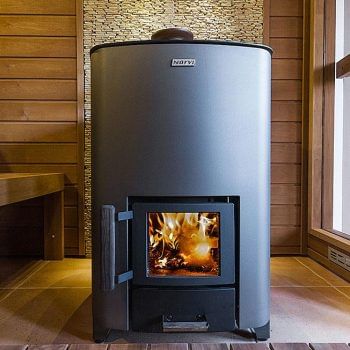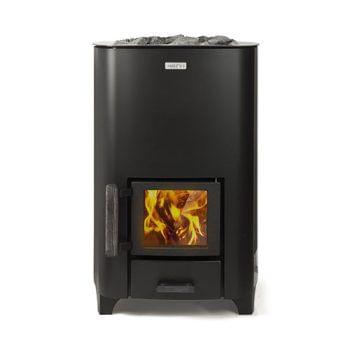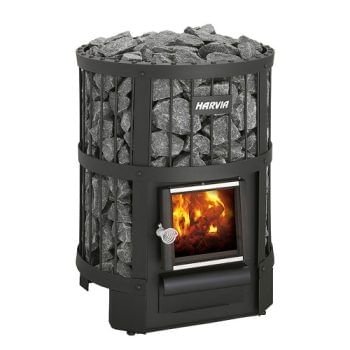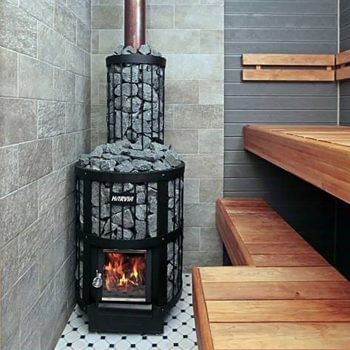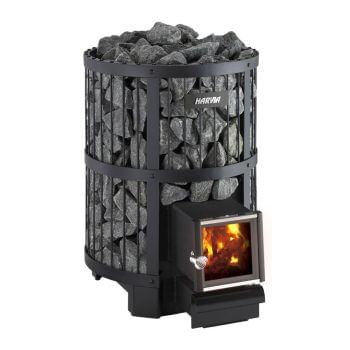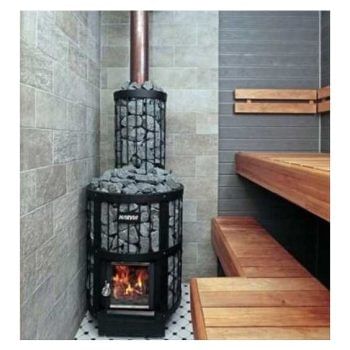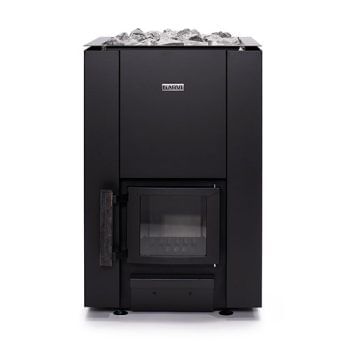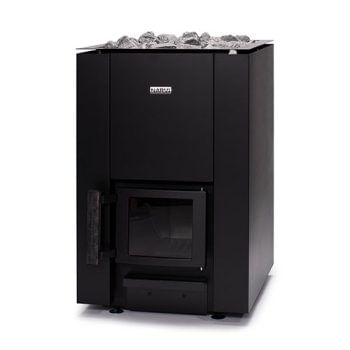Wood Burning Sauna Stove Collection: The Ultimate Guide to Sauna Heaters
Welcome to our comprehensive collection page dedicated to wood burning sauna stoves. If you're seeking an authentic and invigorating sauna experience, look no further. We'll delve into the world of wood fired saunas, exploring their benefits, how they work, and what makes them the heart of a traditional sauna. Whether you're building a home sauna or enhancing your existing outdoor sauna, understanding the nuances of a wood burning sauna heater is key to unlocking the full potential of your sauna build. Get ready to immerse yourself in the warmth and tradition of wood-fired heating.
Understanding Sauna Heating
What is a Wood Burning Sauna Stove?
A wood burning sauna stove, also known as a wood fired sauna heater, is a type of heater specifically designed to heat a sauna using wood as fuel. It's the core component of a traditional sauna, particularly a Finnish sauna, where the crackling fire and the generated steam create a unique and authentic sauna experience. Unlike an electric sauna heater or electric heater, a wood stove relies on the fire to heat the sauna wood and sauna stones, providing a natural and robust heating method. These sauna stoves are available in various sizes and designs to suit different sauna builds, including barrel saunas and home saunas.
Benefits of a Wood Fired Sauna
Opting for a wood fired sauna or a wood burning sauna offers several advantages. The most significant benefit is the authentic sauna experience it provides. The radiant heat from the wood stove is different from the dry heat of an electric heater, offering a deeper and more penetrating warmth. Furthermore, the crackling fire adds a sensory element that many find relaxing and therapeutic. A wood burning heater provides an off-grid heating solution and does not require any electricity. Wood-fired saunas also align with a traditional approach to sauna bathing, enhancing the overall ritual and connection to Finnish sauna culture.
How Wood Burning Sauna Heaters Work
Wood burning sauna heaters operate on a simple principle: fire heats the sauna. Wood is burned inside the stove's firebox, generating heat that warms the sauna stones or rocks placed around the firebox. These heated stones then radiate heat throughout the sauna, raising the temperature. Water is often ladled onto the hot stones to create steam, enhancing the sauna experience. A chimney is essential for venting the smoke safely outside the sauna. Modern wood-burning sauna stoves, such as the Harvia Legend 150 wood burning and Huum Hive Wood 13, often feature advanced designs for efficient burning and heat distribution, ensuring a consistent and enjoyable sauna experience.
Types of Wood Burning Saunas
Traditional Wood Burning Sauna
The traditional sauna, deeply rooted in Finnish culture, is often heated with a wood burning sauna stove. This type of sauna emphasizes the authentic sauna experience. It incorporates the elements of fire, wood, and hot stones to create intense heat and steam. A traditional wood burning sauna embodies the original design and functionality of a sauna build, usually featuring a simple structure and natural materials. The heart of this sauna is always a reliable wood sauna stove, designed for consistent heating. The ritual of preparing the fire is as important as the sauna itself.
Modern Wood Fired Sauna Options
Modern wood fired sauna options offer a blend of traditional heating methods with contemporary designs and materials. These saunas still rely on a wood burning sauna stove but may incorporate stainless steel components, improved insulation, and efficient chimney systems. A modern wood-burning sauna heater can be found in various forms. They may include glass doors to view the fire or advanced combustion technology for cleaner burning. While retaining the authentic sauna experience, these saunas aim for convenience and energy efficiency. They also cater to a wider range of preferences and installation requirements.
Wood Sauna Stoves: Key Features
Key features of wood sauna stoves include aspects related to heating, materials, and safety. Some of these can be summarized as follows:
| Feature | Description |
|---|---|
| Heating Capacity | Measured in kilowatts (kW) or cubic footage. |
| Construction Materials | Durable materials like cast iron or stainless steel are preferred. |
Safety features are vital, including heat shields and proper chimney connections to prevent fire hazards and ensure safe venting of smoke. These stoves often come with features like adjustable air inlets for controlling the intensity of the fire and the authentic sauna experience.
FAQ
How do I choose the right size wood burning sauna stove for my sauna?
Selecting the correct size wood burning sauna stove is crucial for efficient heating. Measure your sauna's interior dimensions to determine its volume. Then, consult the stove manufacturer's specifications to find a heater with the appropriate heating capacity, usually measured in cubic feet. Consider factors like insulation, climate, and the type of wood you'll be burning. An undersized wood burning sauna heater will struggle to heat the sauna adequately, while an oversized one may overheat it. Brands like Harvia and Huum offer resources to help determine the correct stove size for your specific sauna build and authentic sauna experience.
What type of wood is best for a wood burning sauna?
The best type of wood for a wood burning sauna should be dry, seasoned hardwood. Hardwoods like oak, maple, birch, and ash burn longer and produce more heat than softwoods. Avoid using treated or painted wood as these release harmful chemicals when burned. Proper wood storage is essential to keep the wood dry and prevent rot. Dry wood burns more efficiently and creates less smoke. This contributes to a better and safer wood burning sauna experience. The choice of wood influences the authentic sauna experience by changing the burn rate and the intensity of the fire.
How do I maintain a wood burning sauna stove?
Maintaining your wood burning sauna stove is essential for safety and longevity. Regularly inspect the stove, chimney, and surrounding area for signs of damage or corrosion. Clean the chimney at least once a year to remove creosote buildup, which is a fire hazard. Remove ashes from the firebox regularly to ensure proper airflow. Inspect and replace any worn-out parts, such as grates or bricks, as needed. Proper maintenance ensures safe and efficient operation, extending the life of your wood sauna stove and keeping your authentic sauna experience at its best.
Choosing the Right Sauna Heater
Factors to Consider for a Wood Burning Sauna Heater
Selecting the ideal wood burning sauna heater involves evaluating several key factors to ensure a perfect fit for your needs. Consider the size of your sauna build, as the heater's kilowatt (kW) output must align with the sauna's cubic footage for efficient heating. The quality of the construction materials, such as stainless steel or cast iron, is also crucial for durability and longevity. Don't forget to factor in the ease of installation and maintenance. Look for a wood burning sauna stove that offers a balance of performance, durability, and convenience to enhance your overall sauna experience.
Comparing Wood Burning and Electric Heaters
When deciding between wood burning and electric heaters for your sauna, weigh the benefits of each. A wood burning sauna heater provides an authentic sauna experience, creating a warm, radiant heat that many find more enjoyable than the dry heat of an electric sauna heater. Wood stoves also offer an off-grid heating option. In contrast, electric sauna heaters are more convenient, with easy temperature control and no need for wood. Consider your preferences and the specific requirements of your sauna build to make the best choice, and consider the long term cost of using each type of sauna.
Installation Tips for Sauna Wood Stoves
Installing a sauna wood stove requires careful planning and adherence to safety regulations. Ensure proper ventilation with a well-installed chimney to vent smoke and prevent carbon monoxide buildup. Maintain adequate clearances between the wood burning sauna heater and combustible materials, using heat shields where necessary. Follow the manufacturer's instructions closely, and consider hiring a professional installer to guarantee safe and efficient installation. Proper installation not only ensures safety but also optimizes the performance of your wood sauna stove, enhancing your authentic sauna experience in your sauna build.
Maintenance and Safety Tips
Maintaining Your Wood Burning Sauna
Regular maintenance is crucial for the longevity and safety of your wood burning sauna. Routinely inspect the wood stove for any signs of wear or damage. Clean the firebox to remove ash buildup, ensuring optimal airflow. Check the chimney regularly for creosote buildup. Creosote is a flammable substance that can cause chimney fires. Ensure that all connections are secure and that the stove is in good working condition to provide an authentic sauna experience. Maintaining your sauna will ensure years of safe operation.
Safety Measures for Wood Burning Heaters
Safety is paramount when using wood burning heaters in your sauna. Install a carbon monoxide detector to alert you to the presence of this odorless, deadly gas. Keep flammable materials away from the stove and chimney. Always supervise the fire and never leave it unattended. Educate all users on the proper operation of the stove and potential hazards. Regular safety checks and precautions can prevent accidents and ensure a safe and enjoyable wood burning sauna experience in your almost heaven saunas.
Chimney Installation and Care
Proper chimney installation and care are essential for safe and efficient operation of a wood burning sauna stove. Ensure the chimney is installed according to local building codes. A correctly installed chimney will provide adequate draft and venting of smoke. Regularly inspect the chimney for cracks, corrosion, or creosote buildup. Clean the chimney at least once a year to prevent chimney fires. A well-maintained chimney is crucial for the safe and efficient operation of your wood sauna stove and authentic sauna experience.
Building Your Own Sauna
Essential Components for a Sauna Build
Embarking on a sauna build requires careful consideration of essential components, with the wood burning sauna stove at its heart. Selecting the right sauna heater is paramount, determining the overall heating capacity and sauna experience. A sturdy and well-insulated structure is vital, alongside a properly installed chimney for venting smoke. Including sauna benches made from heat-resistant wood and a reliable ventilation system further enhances the authentic sauna experience. These components working in harmony create a functional and enjoyable sauna build.
Choosing the Right Wood for Your Sauna
The choice of wood significantly impacts your sauna experience and longevity of your sauna. Opt for naturally durable and heat-resistant wood types like cedar, redwood, or hemlock for the interior paneling and benches. These wood varieties withstand high temperatures and moisture while resisting decay. Avoid using treated wood containing chemicals that can release harmful fumes when heated. Proper wood selection not only ensures a safer sauna environment but also contributes to the authentic sauna atmosphere, giving it that distinctive aroma that enhances the Finnish sauna experience.
Designing a Sauna with Large Stone Capacity
Designing a sauna with a large stone capacity for your wood burning sauna stove enhances heat retention and steam generation. A wood stove with ample stone space allows for greater thermal mass, which means more consistent and prolonged heating. When considering your sauna build, remember that ample stone capacity of your wood sauna stove not only provides a better sauna experience by allowing for greater steam, it also replicates a more authentic sauna, typical of a traditional Finnish sauna.
FAQs about Wood Burning Sauna Stoves
What is the best wood for a sauna stove?
The best wood for a sauna stove is dry, seasoned hardwood like oak, birch, or ash. These woods burn hotter and longer than softwoods, creating a more efficient and enjoyable sauna experience. Avoid using treated wood as it can release toxic fumes when burning. Seasoned wood ensures a cleaner burn and reduces creosote buildup in the chimney. Remember, the type of wood you choose directly impacts the heating efficiency and the quality of your wood burning sauna.
How to efficiently heat a sauna with a wood burning heater?
To efficiently heat a sauna with a wood burning heater, start by using dry, seasoned hardwood. Ensure proper airflow within the stove and chimney by keeping them clean and free of obstructions. Gradually increase the amount of wood to achieve the desired temperature, avoiding overfilling the firebox. Allow the stones to heat thoroughly before adding water for steam. A well-maintained and properly operated wood burning sauna heater provides an authentic and efficient sauna experience.
Can you use a wood burning sauna heater in an electric sauna?
It is generally not recommended to use a wood burning sauna heater in an electric sauna structure without significant modifications. Electric saunas are designed with specific clearances and materials suitable for electric heaters, not the high heat and chimney requirements of wood stoves. Converting an electric sauna to a wood-fired one would require extensive structural changes to ensure safety and proper ventilation. Unless professionally modified, stick to the heater type originally intended for your sauna build.

